Home>Renovation & DIY>Tools & Equipment>How Does Stud Finder App Work
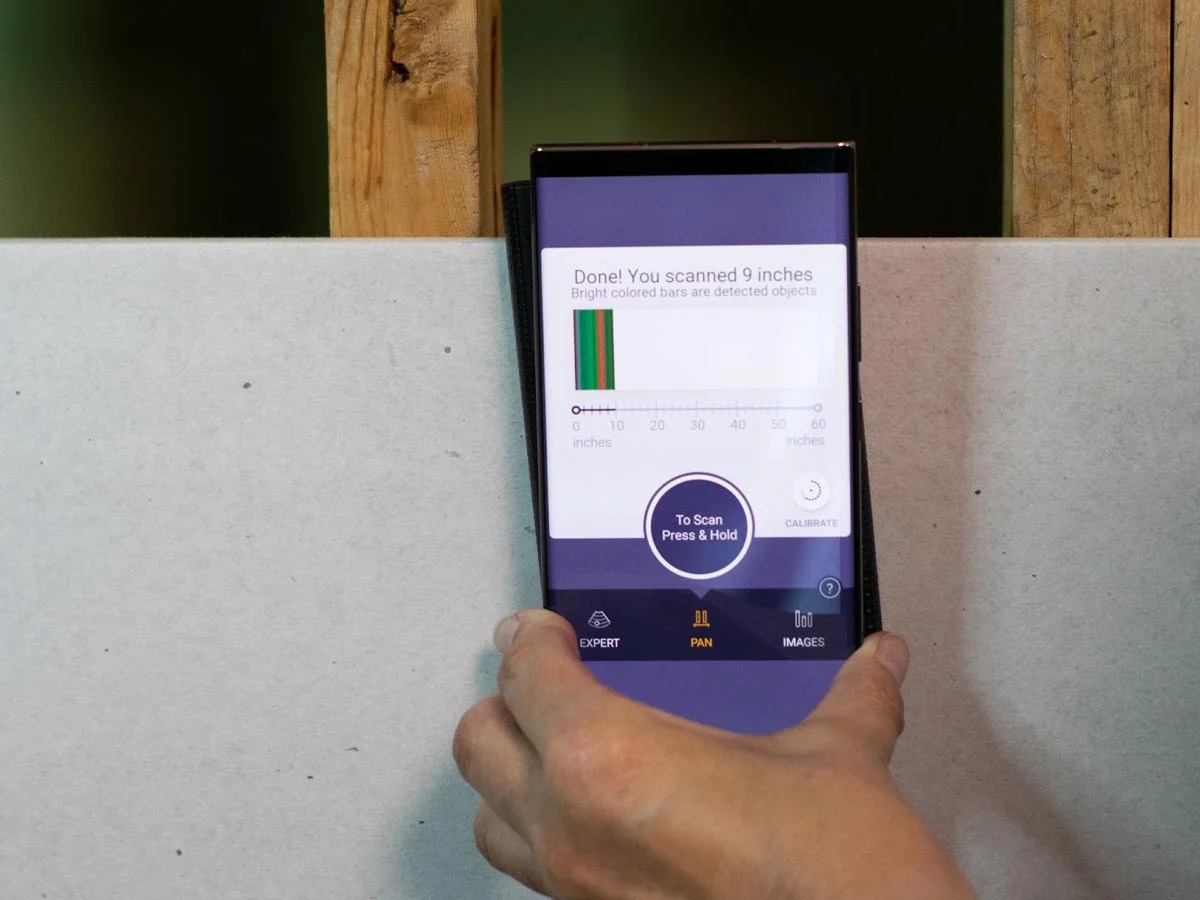

Tools & Equipment
How Does Stud Finder App Work
Modified: February 18, 2024
Discover how the Stud Finder App simplifies locating studs and other objects behind walls. Learn about its features and functionality for tools and equipment.
(Many of the links in this article redirect to a specific reviewed product. Your purchase of these products through affiliate links helps to generate commission for Storables.com, at no extra cost. Learn more)
Introduction
In the realm of home improvement and DIY projects, locating wall studs is a crucial task. Whether you're hanging a heavy mirror, installing shelves, or mounting a TV, finding the studs ensures that your fixtures are securely anchored. Traditionally, this was accomplished using handheld stud finders, which utilize sensors to detect density changes in the wall. However, with advancements in technology, a new and innovative solution has emerged – the stud finder app.
The advent of stud finder apps has revolutionized the way individuals approach home renovations and carpentry work. These apps leverage the capabilities of modern smartphones to provide a convenient and portable alternative to traditional stud finders. By harnessing the built-in sensors of smartphones, stud finder apps offer a streamlined and accessible method for identifying studs within walls.
In this comprehensive guide, we will delve into the intricacies of stud finder apps, exploring their functionality, benefits, and potential drawbacks. By the end of this article, you will have a thorough understanding of how stud finder apps work and the considerations to keep in mind when utilizing this technology for your home improvement endeavors. Let's embark on this enlightening journey to unravel the mysteries behind stud finder apps and their practical applications.
Key Takeaways:
- Stud finder apps use smartphone sensors to find wall studs, making DIY projects easier and more accessible for everyone. They come in different types, each with unique features to suit various needs.
- While stud finder apps offer portability and cost-effectiveness, they rely on smartphone sensors and may have limitations with wall compositions and battery usage. Understanding their pros and cons is essential for effective use.
Read more: What Is A Stud Finder And How Does It Work
What is a Stud Finder App?
A stud finder app is a software application designed to utilize the sensors embedded in smartphones to detect the location of wall studs. Traditionally, handheld stud finders relied on electronic or magnetic sensors to identify changes in wall density, indicating the presence of a stud. However, with the integration of advanced sensor technologies in modern smartphones, developers have capitalized on this capability to create stud finder apps that offer a portable and user-friendly alternative.
These apps leverage the built-in sensors, such as the magnetometer or accelerometer, to detect variations in the wall’s composition. By analyzing the data captured by these sensors, the app can pinpoint the precise location of studs, enabling users to identify suitable anchoring points for fixtures and fittings.
Stud finder apps cater to a diverse audience, including homeowners, professional carpenters, and DIY enthusiasts. Their intuitive interfaces and accessibility make them an appealing choice for individuals seeking a convenient solution for locating studs during renovation or construction projects. Moreover, the convenience of having a stud finder readily available on a smartphone eliminates the need to carry a separate handheld device, streamlining the process of finding studs and enhancing overall efficiency.
Furthermore, the emergence of stud finder apps has democratized access to stud detection technology, as they are often available as free or low-cost downloads from app stores. This accessibility has empowered a broader demographic to engage in home improvement projects with confidence, knowing they can rely on their smartphones to assist in the crucial task of locating studs within walls.
As we delve deeper into the realm of stud finder apps, we will explore the various types available and how they operate, shedding light on the innovative features that distinguish them in the digital landscape of home improvement tools.
Types of Stud Finder Apps
Stud finder apps come in various forms, each offering distinct features and functionalities tailored to different user preferences and needs. Understanding the different types of stud finder apps can help users make informed decisions when selecting the most suitable option for their specific projects. Here are the primary types of stud finder apps:
- Magnetic Stud Finder Apps: These apps utilize the magnetometer sensor in smartphones to detect metal fasteners, such as nails and screws, that are affixed to wall studs. By identifying the metal components, the app can infer the presence of a stud in the vicinity. Magnetic stud finder apps are particularly effective for detecting ferrous metals commonly used in fasteners, providing users with a reliable method for locating studs.
- Electric Stud Finder Apps: Electric stud finder apps leverage the capabilities of the smartphone’s accelerometer to detect density changes in the wall. As the user moves the phone along the surface, the app analyzes the data from the accelerometer to identify variations in wall composition, indicating the presence of a stud. This type of app offers a non-invasive and user-friendly approach to stud detection, making it suitable for a wide range of applications.
- Multi-Functional Stud Finder Apps: These apps integrate multiple detection technologies, combining the functionalities of magnetic and electric stud finders to offer comprehensive stud detection capabilities. By leveraging a hybrid approach, these apps provide users with enhanced accuracy and versatility, allowing them to adapt to different wall compositions and fastening methods. Multi-functional stud finder apps are ideal for users who require advanced stud detection capabilities for diverse projects.
- Augmented Reality (AR) Stud Finder Apps: AR stud finder apps utilize augmented reality technology to superimpose virtual indicators on the smartphone screen, guiding users to the location of studs within walls. By leveraging the device’s camera and sensors, these apps create an immersive and visually intuitive experience, enhancing the precision and ease of stud detection. AR stud finder apps are particularly popular among users who appreciate a visual and interactive approach to locating studs.
Each type of stud finder app offers unique advantages, catering to different user preferences and project requirements. By understanding the characteristics of these app types, users can make informed choices based on their specific needs, ensuring an effective and efficient stud finding experience.
How Does a Stud Finder App Work?
Stud finder apps harness the sensor capabilities of smartphones to detect the presence of wall studs through innovative technological processes. While the specific workings may vary based on the app’s design and functionality, the fundamental principles underlying their operation can be elucidated to provide insight into their functionality.
When a user launches a stud finder app and initiates the stud detection process, the app activates the relevant sensors within the smartphone, such as the magnetometer and accelerometer. These sensors play a pivotal role in capturing data related to the wall’s composition and any magnetic influences, enabling the app to analyze and interpret the information for stud detection purposes.
In the case of magnetic stud finder apps, the magnetometer sensor is utilized to detect the presence of ferrous metals, such as nails or screws, which are indicative of wall studs. By identifying these metal components, the app can generate a visual or auditory indication to guide the user to the stud’s location. This approach offers a convenient and non-invasive method for locating studs, leveraging the inherent magnetic properties of metal fasteners.
Conversely, electric stud finder apps rely on the accelerometer sensor to detect density changes within the wall. As the user moves the smartphone along the wall surface, the app continuously collects data from the accelerometer, analyzing variations in wall density to identify potential stud locations. By interpreting the data and applying algorithms to distinguish stud-related density patterns, the app provides real-time feedback to the user, facilitating the precise localization of studs.
Multi-functional stud finder apps integrate both magnetic and electric detection methodologies, offering users a comprehensive approach to stud finding. By combining the strengths of these detection technologies, these apps enhance accuracy and versatility, catering to a wide range of wall compositions and fastening methods.
Augmented Reality (AR) stud finder apps employ the smartphone’s camera and sensors to create an immersive visual experience, superimposing virtual indicators on the screen to guide users to the location of studs. By leveraging AR technology, these apps enhance the precision and user engagement, providing an intuitive and interactive method for stud detection.
Ultimately, stud finder apps utilize the sensor capabilities of smartphones in innovative ways to provide users with accessible, accurate, and user-friendly solutions for locating wall studs. By leveraging these advanced technologies, individuals can embark on their home improvement projects with confidence, knowing that their smartphones are equipped to assist them in the crucial task of finding studs within walls.
A stud finder app works by using your phone’s built-in sensors to detect changes in the wall’s density, indicating where a stud may be located. Move the phone slowly and steadily across the wall for best results.
Advantages and Disadvantages of Stud Finder Apps
Stud finder apps offer a range of benefits, but they also have certain limitations that users should consider when incorporating them into their home improvement endeavors. Understanding the advantages and disadvantages of these apps can help individuals make informed decisions about their utility and effectiveness for specific projects.
Read more: How To Use Zircon Stud Finder
Advantages:
- Portability: Stud finder apps provide a portable solution for locating studs, as they can be readily accessed on smartphones, eliminating the need to carry separate handheld devices. This portability enhances convenience and accessibility during home improvement projects.
- Cost-Effectiveness: Many stud finder apps are available as free or low-cost downloads, making them an affordable alternative to traditional handheld stud finders. This accessibility ensures that users can leverage stud detection technology without significant financial investment.
- User-Friendly Interface: Stud finder apps often feature intuitive interfaces, guiding users through the stud detection process with visual and auditory cues. This user-friendly design enhances the overall experience and simplifies the task of locating studs within walls.
- Integration of Advanced Technologies: These apps leverage the sensor capabilities of smartphones, integrating magnetic, accelerometer, and augmented reality technologies to provide accurate and versatile stud detection solutions. By harnessing these advanced technologies, users can benefit from enhanced precision and functionality.
- Accessibility to a Broad User Base: Stud finder apps cater to a diverse demographic, empowering homeowners, professional carpenters, and DIY enthusiasts to engage in home improvement projects with confidence. The accessibility of these apps ensures that a wider audience can leverage stud detection technology for their specific needs.
Disadvantages:
- Dependency on Smartphone Sensors: The effectiveness of stud finder apps is contingent on the quality and calibration of the smartphone’s sensors. Variations in sensor accuracy and performance may impact the app’s reliability in detecting studs, potentially leading to inconsistencies in results.
- Limitations in Wall Composition: Certain wall compositions, such as those with multiple layers of materials or unconventional fastening methods, may pose challenges for stud finder apps. These apps may struggle to accurately identify studs in complex wall structures, limiting their effectiveness in such scenarios.
- Reliance on Battery Life: Stud finder apps consume battery power during operation, and prolonged use may contribute to accelerated battery drain on smartphones. Users should be mindful of their device’s battery life when utilizing these apps for extended periods.
- Learning Curve for New Users: While stud finder apps strive to offer intuitive interfaces, some users may encounter a learning curve when familiarizing themselves with the app’s functionalities and optimal usage techniques. This initial adjustment period may impact the efficiency of stud detection for novice users.
By weighing the advantages and disadvantages of stud finder apps, users can make informed decisions about leveraging these innovative tools for their home improvement projects. While these apps offer convenience and accessibility, it is essential to consider their limitations and potential challenges to optimize their utility effectively.
Conclusion
In the ever-evolving landscape of home improvement tools and technologies, stud finder apps have emerged as a modern and accessible solution for locating wall studs. By harnessing the sensor capabilities of smartphones, these apps offer a portable, user-friendly, and cost-effective alternative to traditional handheld stud finders, empowering users to undertake their renovation and construction projects with confidence and efficiency.
As we’ve explored the intricacies of stud finder apps, delving into their functionality, advantages, and potential limitations, it is evident that these apps represent a significant advancement in the realm of home improvement tools. The portability and integration of advanced sensor technologies in these apps have democratized access to stud detection capabilities, catering to a diverse user base and facilitating a more inclusive approach to DIY projects and carpentry work.
While stud finder apps offer a range of benefits, it is crucial for users to understand their operational principles and consider the potential challenges associated with their usage. Factors such as smartphone sensor accuracy, wall composition, and battery life should be taken into account when leveraging these apps for stud detection, ensuring that users can optimize their effectiveness in various project scenarios.
Ultimately, stud finder apps exemplify the synergy between technology and practical utility, bridging the gap between traditional craftsmanship and modern innovation. By embracing these apps as valuable tools in the arsenal of home improvement, users can navigate the task of locating studs with enhanced convenience and precision, enriching their renovation experiences and fostering a sense of empowerment in their DIY endeavors.
As we look to the future, the continued evolution of stud finder apps is poised to further refine and expand their capabilities, offering users even more sophisticated and adaptable solutions for stud detection. With ongoing advancements in sensor technologies and app development, the potential for these apps to revolutionize the way we approach home renovations remains a compelling prospect, promising a future where stud finding is seamlessly integrated into the digital toolkit of every DIY enthusiast and professional tradesperson.
In conclusion, stud finder apps represent a remarkable fusion of innovation and practicality, empowering individuals to embark on their home improvement journeys with newfound confidence and efficiency. As these apps continue to evolve, their impact on the landscape of DIY projects is set to be profound, ushering in an era where the simple task of finding a stud becomes a seamless and accessible endeavor for all.
Frequently Asked Questions about How Does Stud Finder App Work
Was this page helpful?
At Storables.com, we guarantee accurate and reliable information. Our content, validated by Expert Board Contributors, is crafted following stringent Editorial Policies. We're committed to providing you with well-researched, expert-backed insights for all your informational needs.
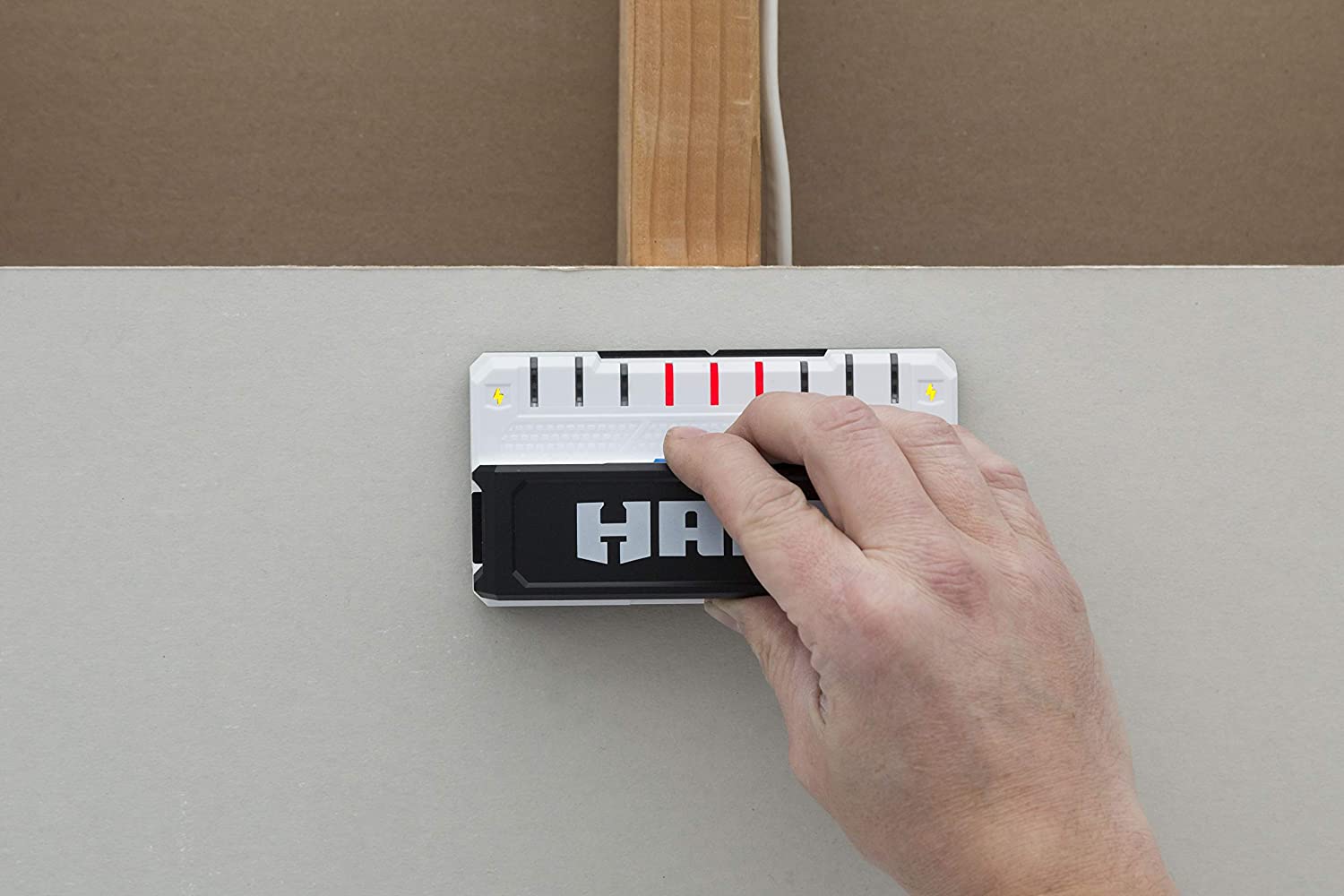
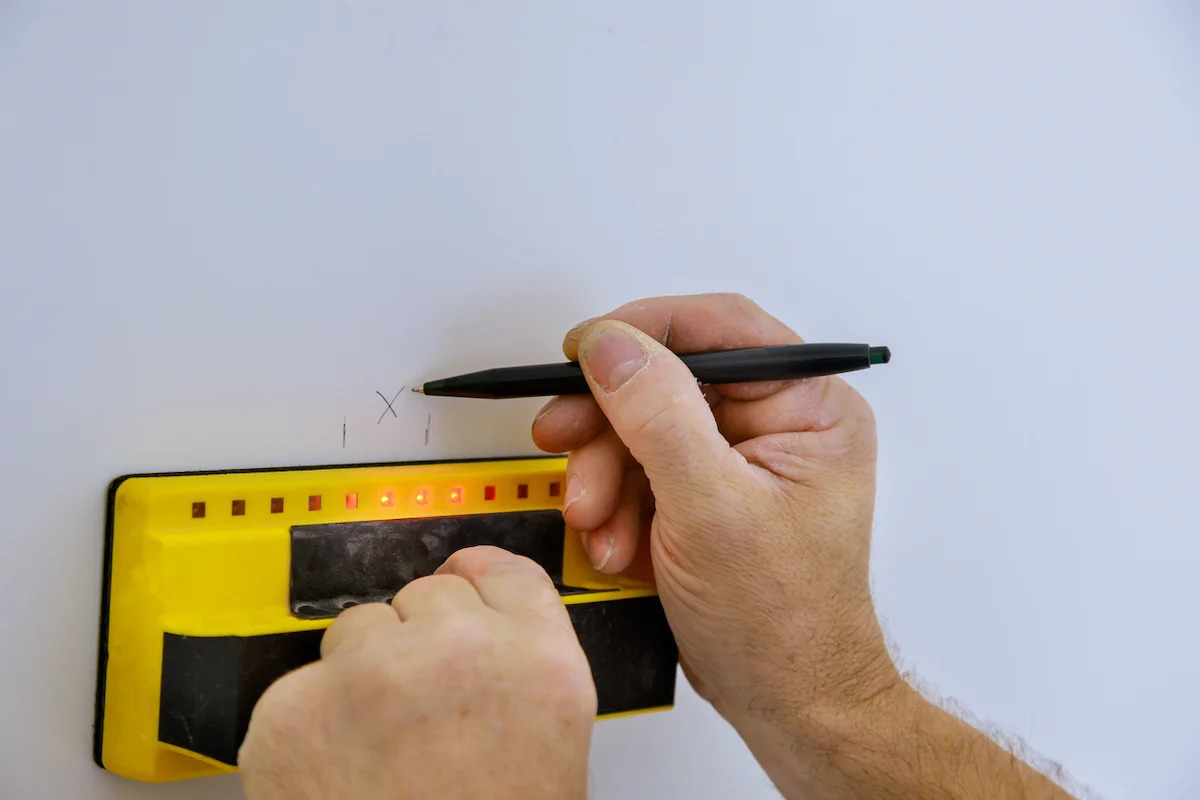

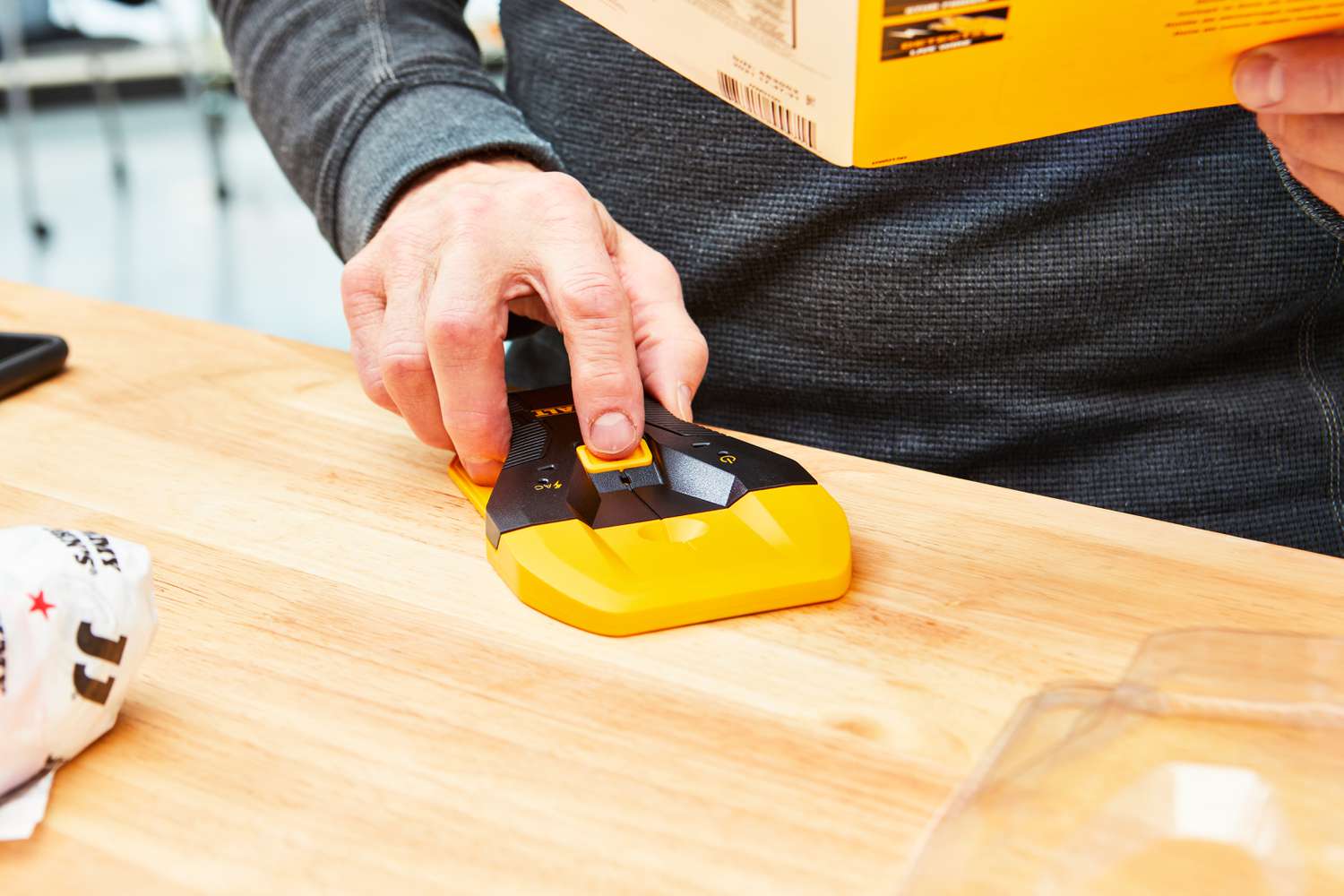
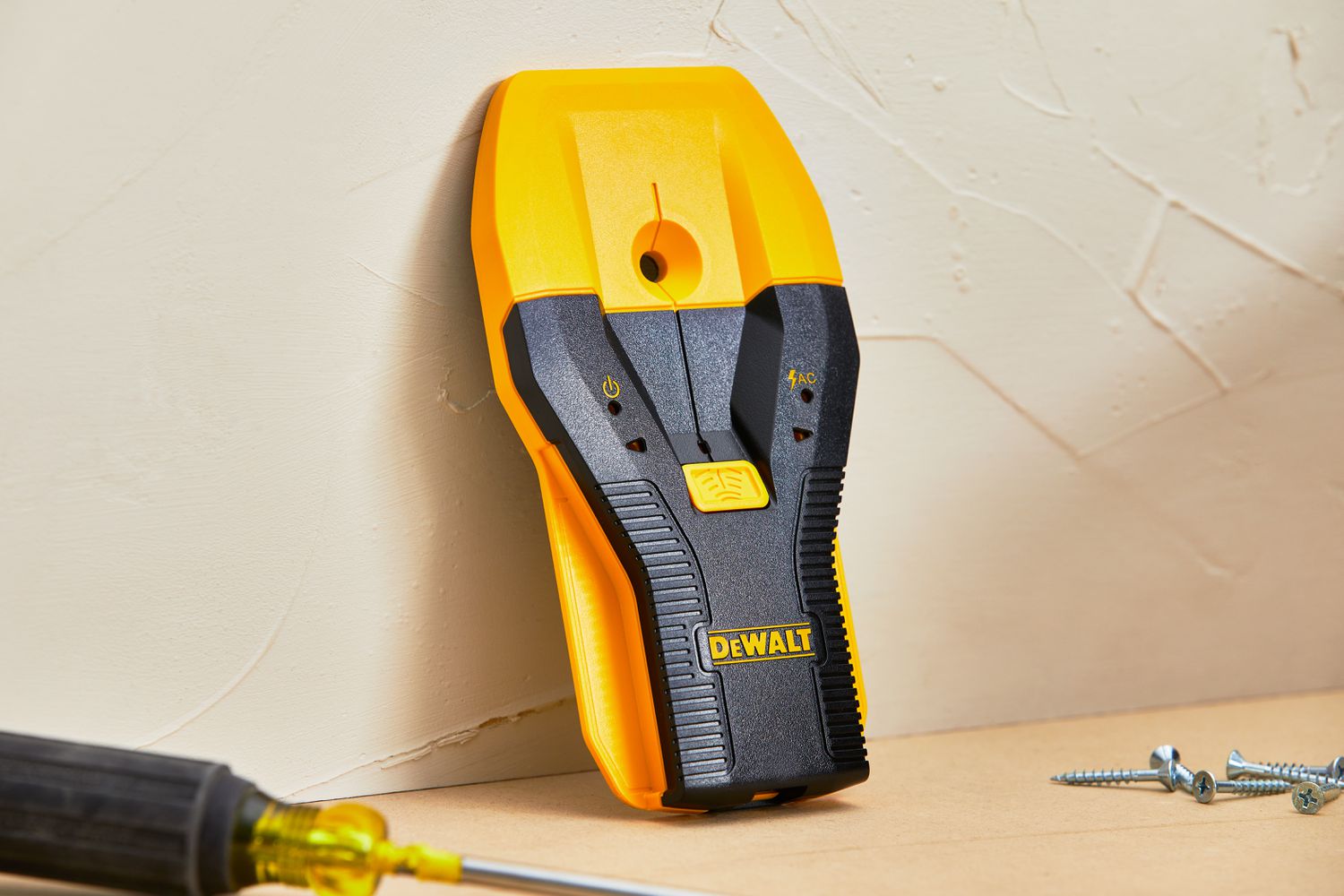

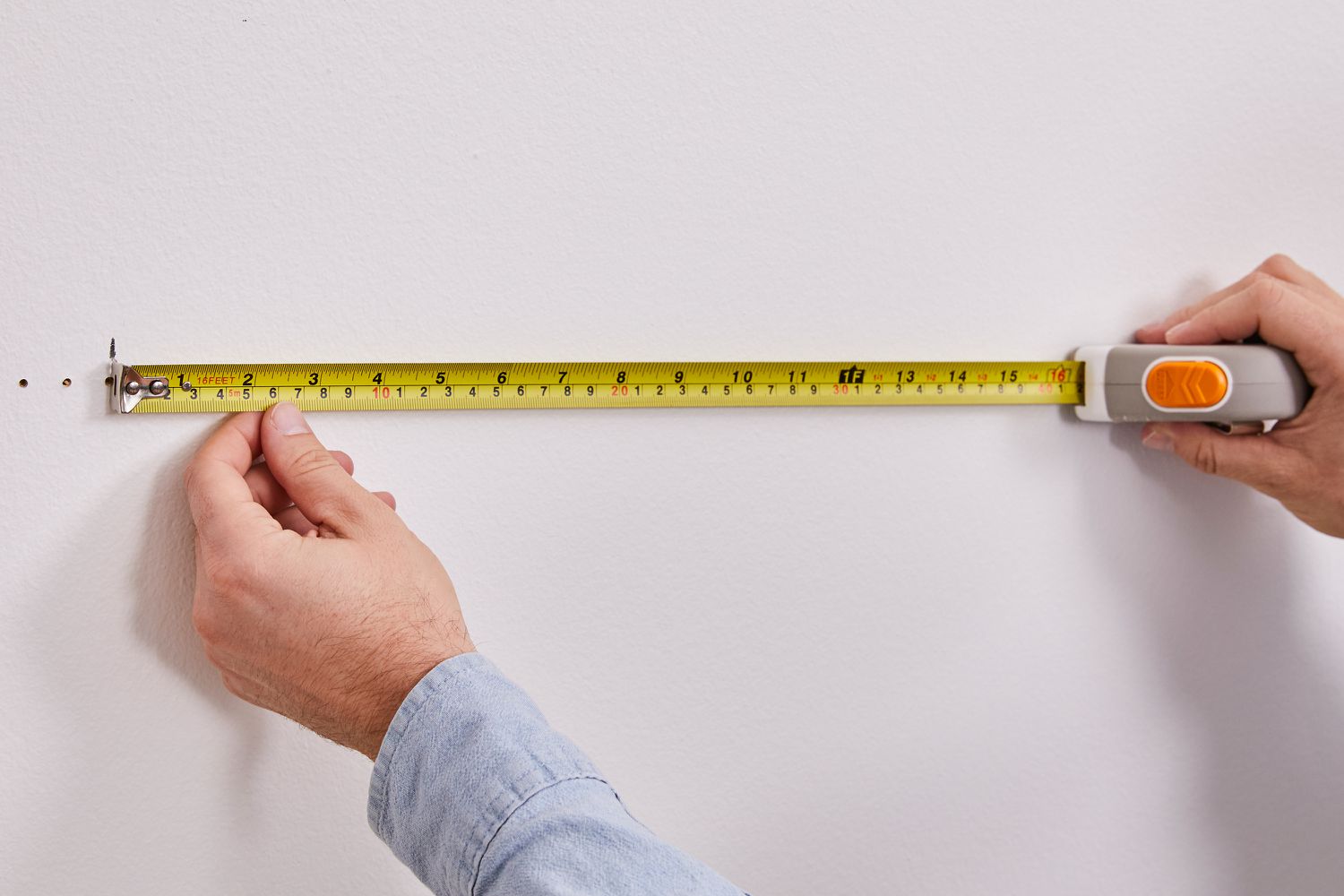

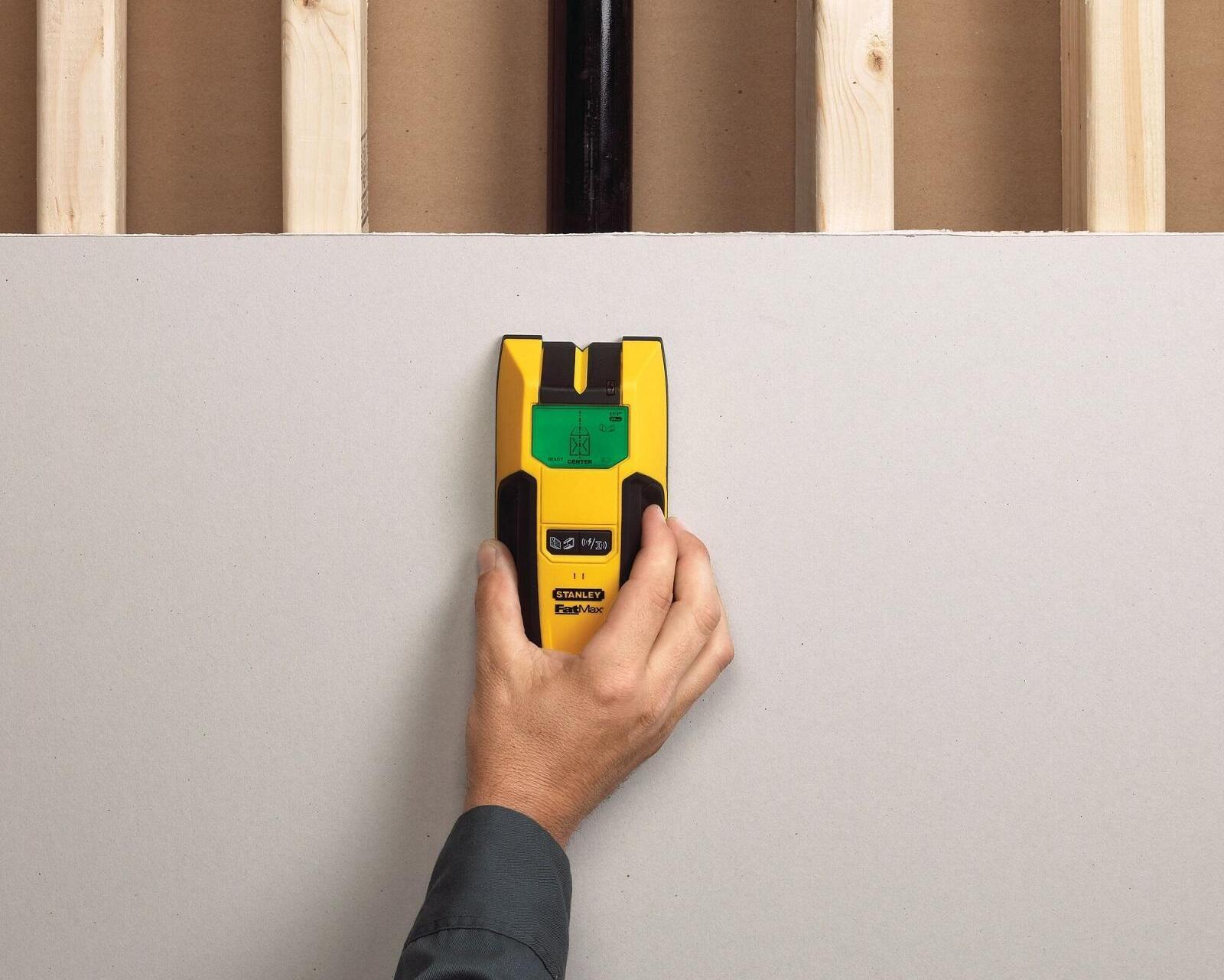

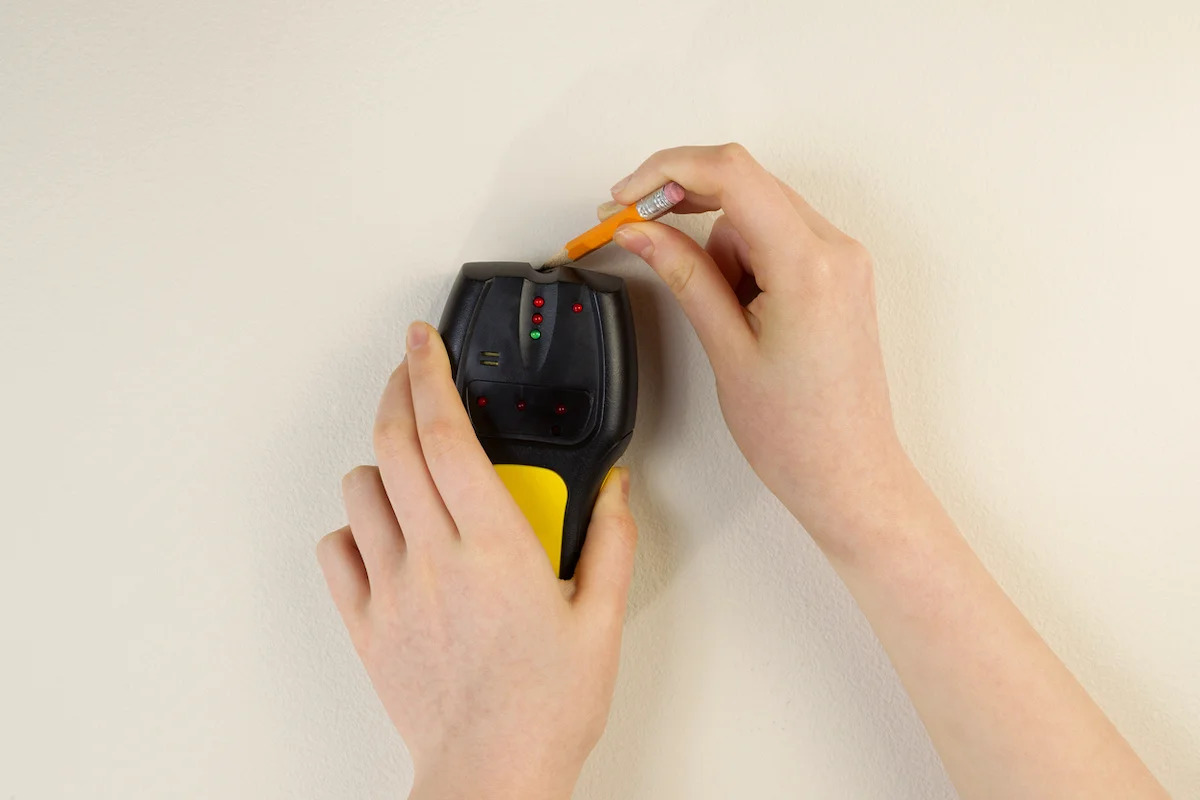
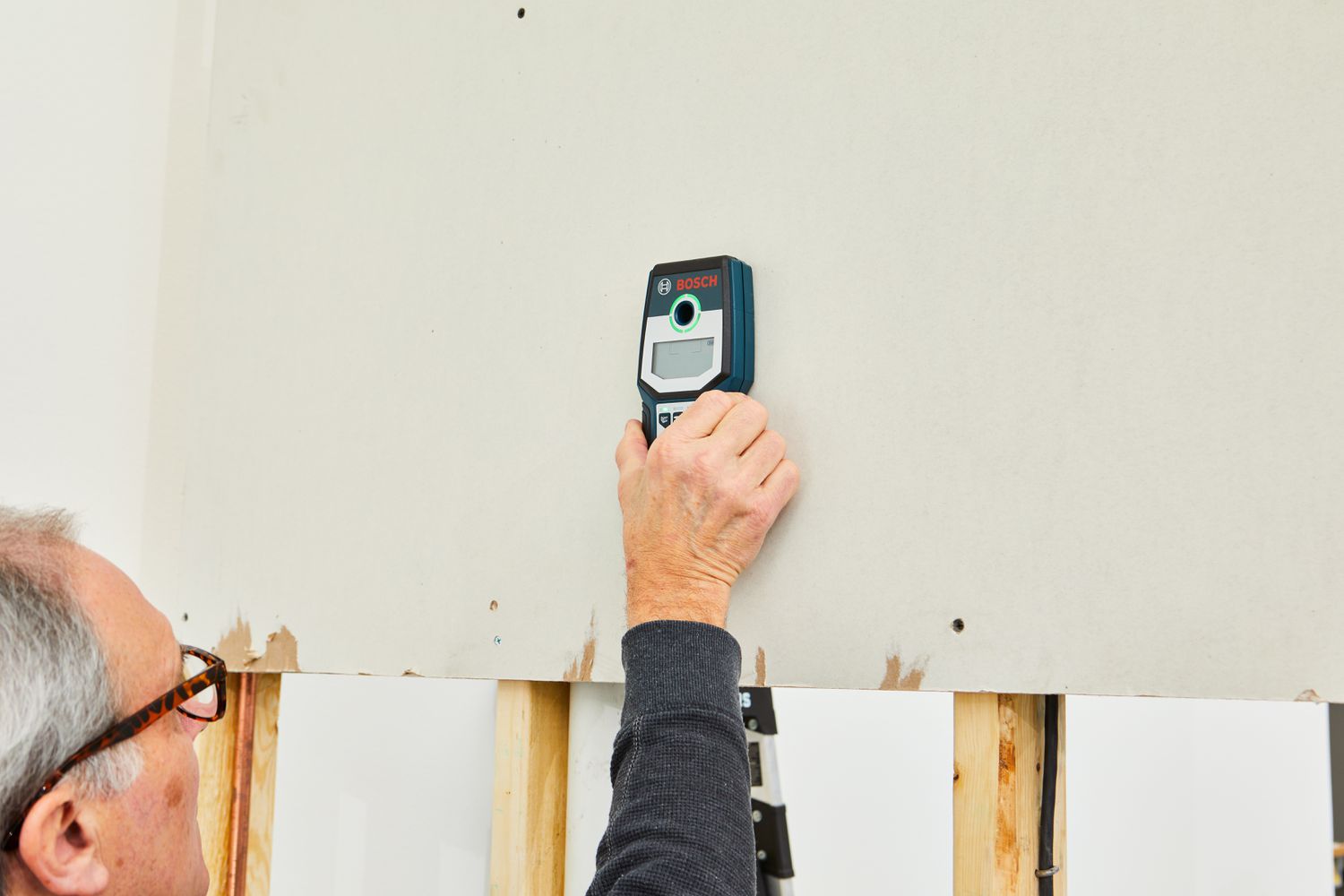
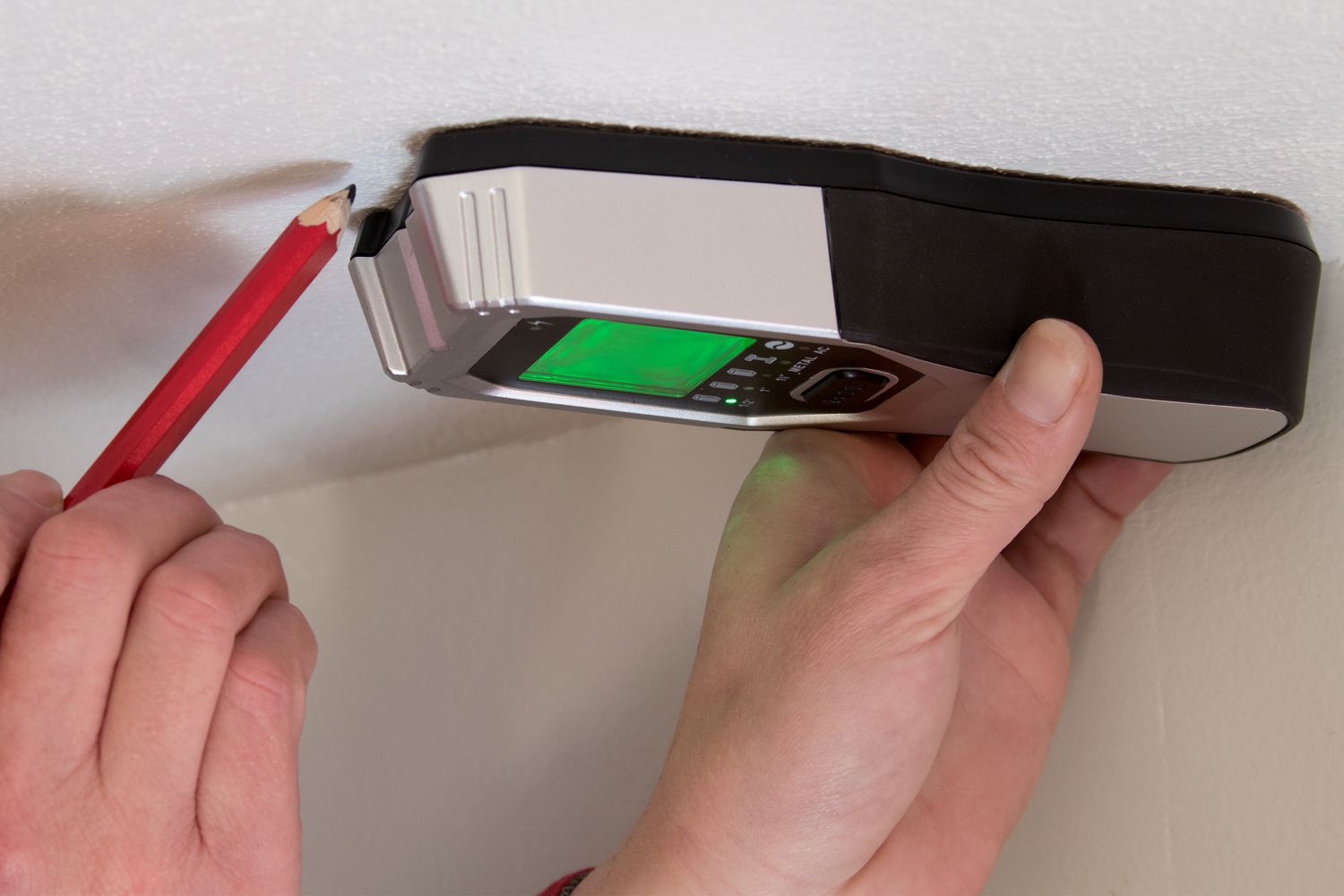


0 thoughts on “How Does Stud Finder App Work”